How to Photograph Dragonflies – stunning guide to odonata photography
I’m sure, like me, you have marvelled over the big beautiful alien looking creatures that fill the skies over water courses throughout the UK (and the world). I’m talking Dragonflies and damselflies or Odonata (to be scientific). Well here is my guide on how to photograph Dragonflies, Damselflies or any other Odonata
At closer investigation they are some of the most unusual creatures you or I are likely to see. Flying at seemingly impossible speeds, never seeming to stop for more than a moment. These aerial, micro beasts, can be a real challenge to a photographer, even an experienced photographer. But I have found over the years that there are ways to improve your chances of achieving excellent photographs.
How to Photograph Dragonflies – Photographic Equipment
I don’t think that you always need the latest, greatest and most expensive equipment in photography to achieve good photographs. However when it comes to macro work like this, I do think that the better your photography gear, then the better your results will be. Macro work can be VERY unforgiving. If you follow this advice with a point and shoot/ I think you may still get some nice photos. I just think there is no substitution for good equipment. sometimes. Especially when it comes to how to photograph dragonflies.
An SLR allows you much more control than a point and shoot camera would. Which is great, but the actual camera will matter little (I’ll let others argue over camera importance of what camera). No in my opinion it will be your lens choice that is most important.
COMPLEX Decisions
Now it does get a little complicated here. You could go down the route of using long lenses and photographing at distance. Or using extension tubes to shorten the focal distance. Or you can go for a dedicated macro setup that allows you close focusing. But you need to get close (very close). I couldn’t tell you which is better but I used a macro setup, with a Canon 100mm f/2.8 lens, for years. And it takes some skill to get close to the dragonflies. I can tell you that for nothing.
I now (2022) use a 200-600mm lens, and get equally nice shots. But there are differences.
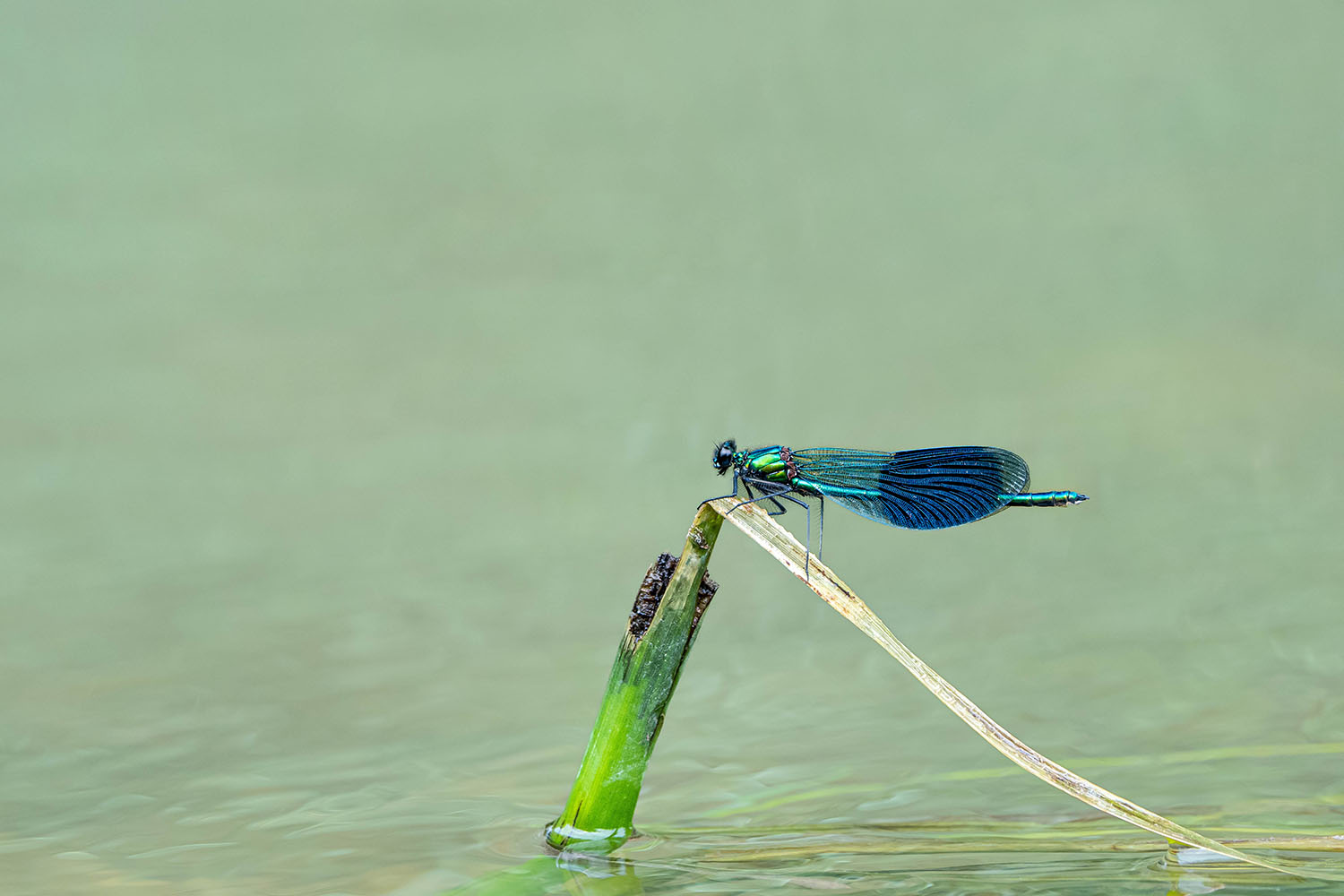
Macro vs Telephoto
Macro lenses are great. They let you get 1 to 1 images. They are usually quick (low f/stop). And allow for some stunning photos. But they have drawbacks. Firstly you need to get VERY close. And with flightly creatures like Dragonflies (or Butterflies) this can be an issue. The large aperture (small f/number) can make backgrounds beautifully blurred. But equally it can make focus more challenging as less of the subject is in focus.
Telephoto lenses are great to allow you to reach the Dragonfly from further away, so less disturbance. But they aren’t 1:1 so to capture the subject at the same size will involve post cropping. They also create great blurred backgrounds, when shooting close. But can be awkward to get into position.
The Macro vs Telephoto debate is one that could roll on and on. The best advice I can give is to say use what you have.
Flash
Flash is a controversial subject some people use it, others prefer natural sunlight, others still are anti it (I can’t comment on what effect it has on the insect but from experience I have not seen any effect, in fact often there is no reaction). I choose to use flash, it prevents movement and allows for lower light photography. But I usually use fill flash just to lift the shadows (a ring flash is ideal for this type of work).
Tripods
Finally you’ll need to think about how you will support you camera and lens when photographing dragonflies, if you have a good technique for hand holding then you’ll be fine but many of us don’t (I know my skill here varies with my back pain etc.) and so the use of a good tripod becomes more important. Here you have options, a solid tripod is great but bulky and not easy to use with stealth, a monopod, these are great for getting closer but may not provide the support you need or even a bean bag which is great but can be bulky again, the choice will be between you and your situation as well as the actual opportunity you have in front of you.
Understanding your subject
When your equipment choices have been made and you have found a likely target the most important thing you can learn (and I really can’t emphasis this enough) is to understand you subject. You need to watch and study dragonflies if you want to photograph them well. The chances are your first attempts will not be great and this will be because you don’t know how to approach them carefully; or where to position yourself in order to get the shot.
Here is a mantra for you – Watch, Study and Learn.
Behaviour
In order to increase your likelihood of capturing a stunning photograph of these amazing insects at rest it really helps to learn a little about their behaviour. Many Odonata species (especially the larger ones) have habitual feeding and flight patterns; many more have favourite perches that they will return to time and time again (or even hover points for flight shots). Spending the time to watch your quarry, studying where they go, and learning where you can position yourself, gives you an edge when learning how to photograph Dragonflies.
The weather plays an important role in a dragonflies life and they love the warmth of the sun, therefore it goes that a hot sunny day will give you a better chance than a rainy or cold day, I’d advise checking the weather forecast before planning a dragonfly hunting day for more successes. On a personal note I’ve also found that the time of day plays a role, I see less activity in the mornings, than in the afternoon or evening (once the warmth of the day has set in), so no need for early starts (unless you are after a dew covered beast).
A Stealthy Approach
Dragonflies have amazing multifaceted compound eyes. This allows them to see all directions at once! And their ability detect movement is really impressive. So it is vitally important to keep your movements slow and even. Juddery, fast movement will surely send the dragonfly into flight. It is worth thinking here about your clothing as well. Drab, natural colours help in all wildlife watching, but in Dragonflies bright colours really should be avoided as they tend to reflect more UV (Ultraviolet) which insects are sensitive to.
You may have approached carefully, worn drab colours and moved really slowly to approach the dragonflies but if you don’t have your camera ready and set before you start you’ll have wasted your time, so set your camera and have it raised ready you really don’t want to jerk your camera at and spook your target.
Composition
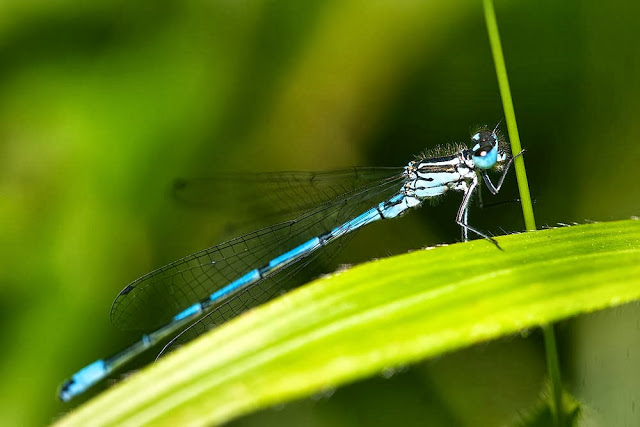
As with all photography it is important to look at composition when photographing dragonflies or damselflies. But first you need to think about what the photograph is actually for. Is it for identification, either your own or for other people to use? Or is it going to be a wall hanger?
If you are taking the photo for identification purposes you need to be sure you are focusing your attention on capturing the salient points. Again knowing your subject matter here will help you know how to compose. Britain’s Dragonflies by Dave Smallshire & Andy Swash is a great book to help.
However if you are looking for pictures designed for your wall (or others if you are talented enough to sell yours), books or magazines etc. then your composition will likely be different. Trying to keep the background as uncluttered as possible. Keeping the subject level will make for a more appealing image. It’s worth remembering that for damselflies this may well mean you have to get down and dirty in their habitat; which is usually mucky, and wet. Knee protection and decent waterproof shoes can help a little. For larger species look for isolated sticks or reeds to capture them on.
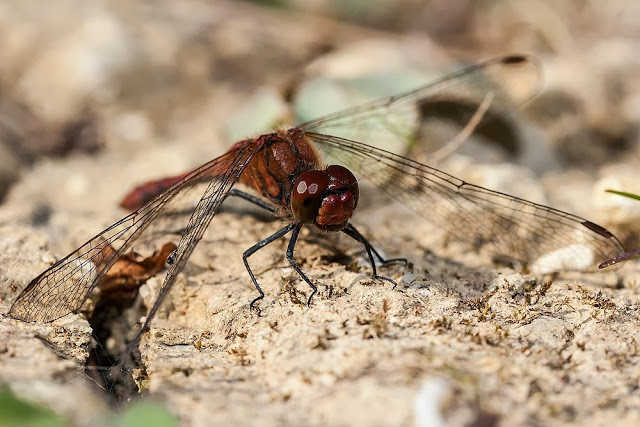
The truth is that composing photographs of Odonata is really like any other subject, the same rules apply as with anything living. Keep eye contact if possible (yeah I know 360 vision technically means all photos will have eye contact); follow the rule of thirds; keep things in focus as much as possible etc.
Depth of field
Macro work of any kind means getting close. This means that focal plains become much more relevant. Smaller apertures (larger F/Stops) will mean increased depth of field (more of the subject in focus); but this comes with its own issues. Light will be affected and shutter speeds decreased. The more of the subject you want in focus the higher your f-stop will have to be. Just how much you want in focus is down to your choice. With insects you will likely want as much of the subject as possible to be sharp and in focus. You may find you have to compromise in order to get shutter speeds at an acceptable level for freezing the subject while keeping things in focus. This may help dictate your composition, the more perpendicular (side on) you are to the subject the less likelihood these is of finding out of focus areas.
You could of course decide to stack your images, but that requires a whole different set of skills, ones I have not yet mastered.
Thank You
Hopefully my guide on How to Photograph Dragonflies will allow you, with time, patience and practice, to take some amazing images of dragonflies that really show off their lace like wings and unusual features. I would certainly love to hear if the tips here help you to achieve this. Check out another How to Photograph article – How to Photograph Butterflies.
For more of my dragonfly images have a look at photography site Urban Lake Photography – Insect Photography.
The photos used on this page are all part of my project to photograph The Dragonflies of Milton Keynes.
I can highly recommend Britain’s Dragonflies as a resource for your Identification (read my review) – Britain’s Dragonflies Review.
Did you enjoy How to Photograph Dragonflies? or Find it useful? Then please consider sharing with your friends via the links below.

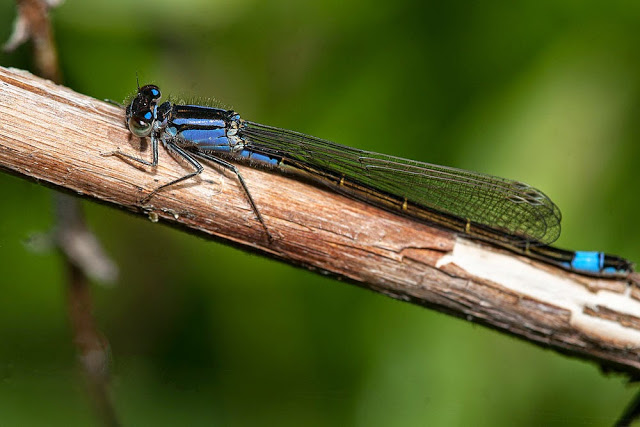

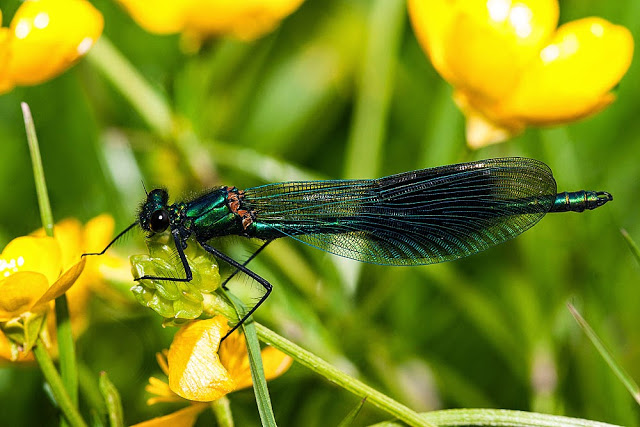
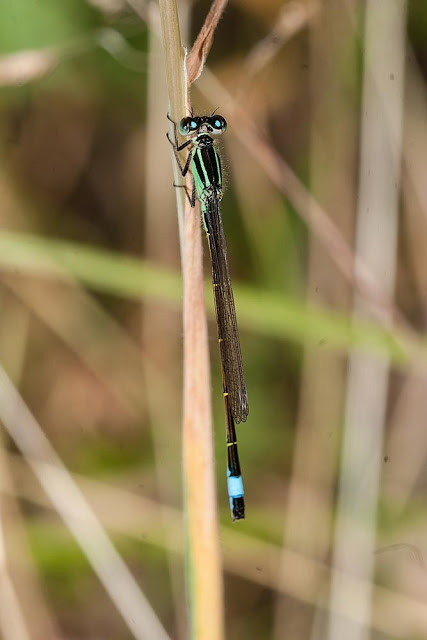

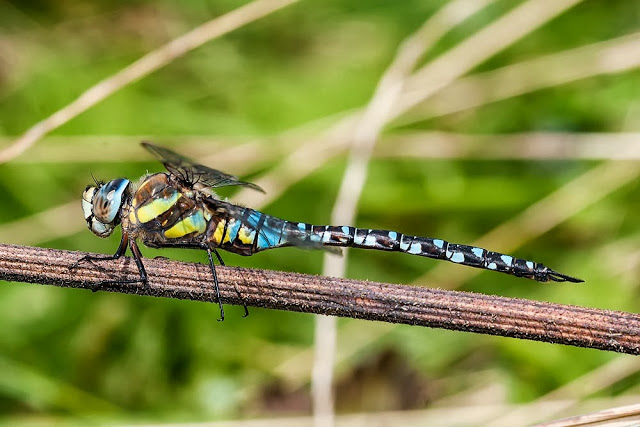






4 Comments
Sarah CraftInvaders
Amazing photographs, I didn't know about dragonflies returning to favourite perches so I will bear that in mind when I am watching them in future 🙂
AshleyBeolens
They are one of my favourite things to photograph, sadly wasa poor year this year for them. Glad my tip will help 🙂
maryom
Some great photos there. We seem to have either a lot of dragonflies visiting, or a couple in residence here (suburban garden but neighbours have ponds), but mainly darting about all the time. Now I just need to wait for them to rest a while then I'll be out with my camera …
AshleyBeolens
Even small ponds will attract dragons really quickly, it is amazing to see them on your doorstep too.